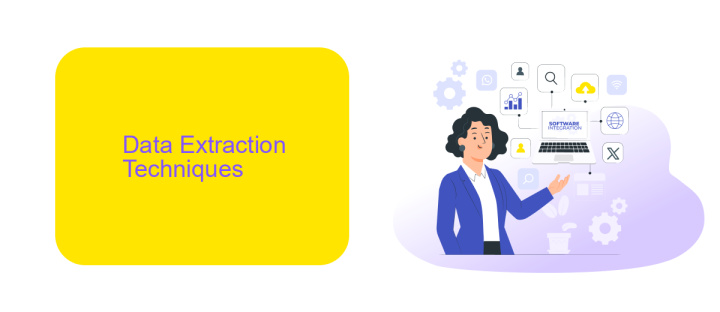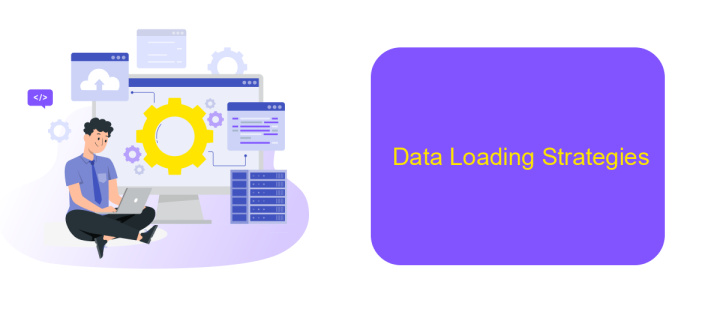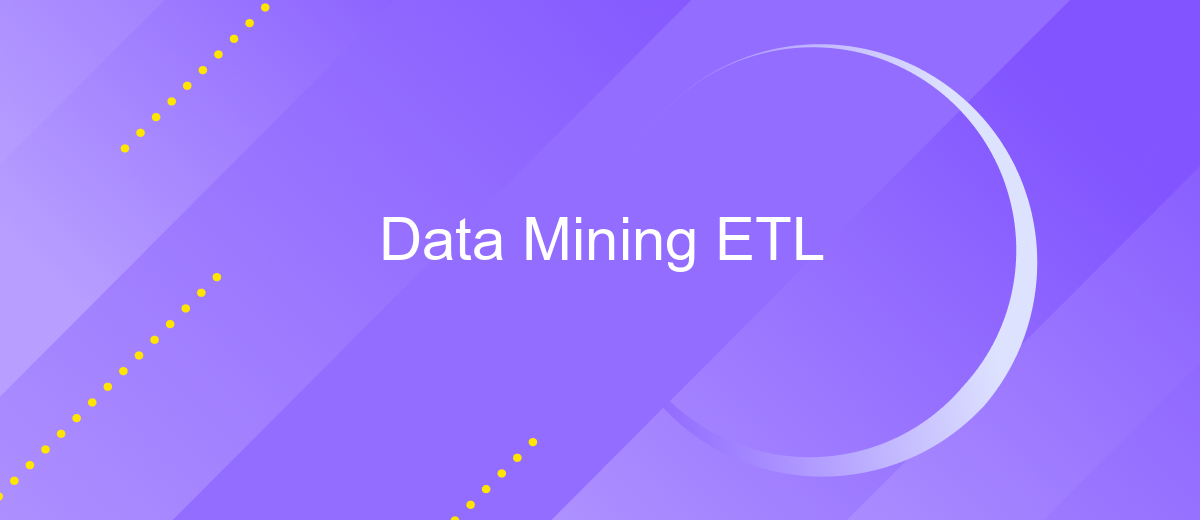Data Mining ETL
Data mining ETL (Extract, Transform, Load) is a critical process in the field of data analytics. It involves extracting data from various sources, transforming it into a suitable format, and loading it into a data warehouse for analysis. This process enables organizations to uncover valuable insights, optimize operations, and make data-driven decisions, thereby enhancing overall business performance.
Introduction to ETL in Data Mining
ETL, which stands for Extract, Transform, Load, is a critical process in data mining that involves extracting data from various sources, transforming it to fit operational needs, and loading it into a data warehouse. This process ensures that the data is clean, accurate, and ready for analysis, which is essential for making informed business decisions.
- Extract: This step involves retrieving data from multiple heterogeneous sources such as databases, APIs, and flat files.
- Transform: The extracted data is then cleansed, formatted, and transformed to meet the specific requirements of the destination system.
- Load: Finally, the transformed data is loaded into a data warehouse or a target database for further analysis.
Services like ApiX-Drive can streamline the ETL process by automating the integration and data transfer between various platforms. This not only saves time but also reduces the risk of errors, allowing businesses to focus on analyzing data rather than managing it. By leveraging such tools, organizations can enhance their data mining capabilities and drive more accurate insights.
Data Extraction Techniques

Data extraction is a crucial step in the ETL (Extract, Transform, Load) process, involving the retrieval of data from various sources. Techniques for data extraction can include manual extraction, where data is manually copied from source systems, and automated extraction, which uses scripts or tools to pull data at regular intervals. Automated methods are often preferred for their efficiency and accuracy, especially when dealing with large datasets. Common automated extraction techniques include web scraping, API integration, and database querying.
API integration is particularly effective for real-time data extraction. Services like ApiX-Drive facilitate seamless API integration, allowing users to connect multiple data sources without extensive coding knowledge. ApiX-Drive supports a wide range of applications, making it easier to automate data extraction from various platforms such as CRM systems, social media, and e-commerce sites. This not only saves time but also ensures data consistency and reliability, crucial for subsequent data transformation and loading processes.
Data Transformation Methods

Data transformation is a crucial step in the ETL process, involving the conversion of raw data into a format suitable for analysis. Effective transformation methods ensure data consistency, quality, and usability.
- Data Cleaning: This method involves removing duplicates, correcting errors, and handling missing values to ensure data accuracy.
- Data Aggregation: Combining multiple data sources or records to provide a summarized view, which is essential for generating meaningful insights.
- Data Normalization: Transforming data into a standard format, which helps in maintaining consistency and improving data quality.
- Data Enrichment: Enhancing data with additional information, such as integrating external data sources via services like ApiX-Drive, to provide more context and value.
- Data Filtering: Selecting relevant data based on specific criteria, which helps in focusing analysis on the most important information.
Implementing these transformation methods effectively can significantly improve the quality and reliability of the data. Tools and services like ApiX-Drive can automate and streamline the integration of various data sources, making the transformation process more efficient and less prone to errors.
Data Loading Strategies

Data loading is a crucial step in the ETL (Extract, Transform, Load) process, ensuring that transformed data is accurately and efficiently loaded into the target data warehouse or database. Selecting the right data loading strategy is essential for maintaining data integrity and optimizing performance.
There are several strategies to consider when planning data loading, each with its own advantages and use cases. The choice of strategy depends on factors such as data volume, frequency of updates, and system capabilities.
- Full Load: This method involves loading all data from the source system into the target system. It is straightforward but can be time-consuming and resource-intensive.
- Incremental Load: Only new or updated records are loaded, which saves time and resources. This method is ideal for systems with frequent updates.
- Batch Load: Data is loaded in batches at scheduled intervals. This helps in managing large volumes of data without overwhelming the system.
- Real-Time Load: Data is loaded in real-time as it is generated. This is crucial for applications requiring up-to-the-minute data accuracy.
Choosing the appropriate data loading strategy can significantly impact the efficiency of your ETL process. Tools like ApiX-Drive can facilitate seamless integration and automate data loading, ensuring that your data pipeline runs smoothly and reliably.
Best Practices for ETL in Data Mining
Implementing best practices for ETL (Extract, Transform, Load) in data mining is crucial for ensuring data accuracy and efficiency. First, always validate and clean your data during the extraction phase to avoid processing errors later. Utilize automated tools to streamline this process, ensuring that data is free from inconsistencies and duplicates. When transforming data, ensure that the transformations are well-documented and reproducible. This not only aids in maintaining data integrity but also facilitates troubleshooting and future updates.
In the loading phase, it's essential to schedule ETL processes during off-peak hours to minimize the impact on system performance. Additionally, consider using integration services like ApiX-Drive to automate data transfers between different systems and applications. ApiX-Drive can help synchronize data in real-time, reducing manual intervention and the risk of errors. Regularly monitor and audit your ETL processes to identify potential issues and optimize performance continually. By adhering to these best practices, you can maintain a robust and reliable ETL pipeline that supports effective data mining.
FAQ
What is ETL in Data Mining?
Why is ETL important in Data Mining?
What are common challenges in the ETL process?
How can automation help in the ETL process?
What are the key components of an ETL tool?
Apix-Drive will help optimize business processes, save you from a lot of routine tasks and unnecessary costs for automation, attracting additional specialists. Try setting up a free test connection with ApiX-Drive and see for yourself. Now you have to think about where to invest the freed time and money!

